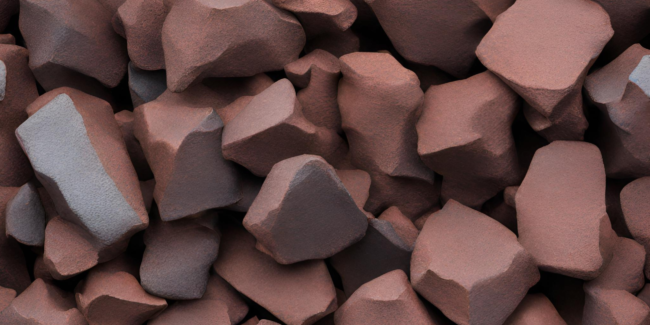Iron ore futures prices decreases on Monday as a result of pessimistic data from China, the world’s largest consumer, and a decline in the market for the essential component used in steelmaking.
At 955 yuan ($133.00) per metric tonne, the most traded May iron ore on China’s Dalian Commodity Exchange (DCE) concluded day trading 0.37% lower.
As of 0700 GMT, the benchmark January iron ore on the Singapore Exchange dropped 0.64% to $134.65 aton.
China’s Economic Deflation and its Impact on Iron Ore Prices:
According to statistics from the NBS, factory-gate deflation worsened in November as consumer prices in China dropped at their fastest rate in three years. This suggests increasing deflationary pressure as the nation’s economic recovery is questioned due to weak domestic demand.
This comes after Beijing said it would boost local demand to encourage economic recovery in 2024. According to the Politburo, the ruling Communist Party’s top decision-making body, as quoted by state media on December 8.
On December 6, the ratings agency Moody’s issued a downgrade warning for China’s credit rating, citing concerns about the country’s second-largest economy’s growth prospects.
Analysts noted that declining demand is driving down iron ore prices as well.
Analysts at Sinosteel Futures stated in a note that “an raising number of steekmakers in multiple areas across the country have implemented yearly maintaining on furnaces, reducing demand for iron ore.” “Domestic iron ore demand has obviously weakened with the hot metal production decreases for 6 weeks in a row.”
In addition, they stated, “we anticipate portside iron ore stockpiles to keep piling up in the coming weeks. Steel mills are wary of the restocking amid higher iron ore prices.“
Other raw materials used in the production of steel saw decreases as well; on the DCE. Coking coal DJMcv1 or coke DCJcv1 were lower 2.32 percent and 0.21 percent, respectively.
The Shanghai Futures Exchange’s (SHFE) steel benchmarks declined due to decreased raw material prices. Hot-rolled coil slid 0.46%, wire rod SWRcv1 moved very little, rebar SRBcv1 lost 0.27%. And stainless steel SHSScv1 lost 0.15 percent.
